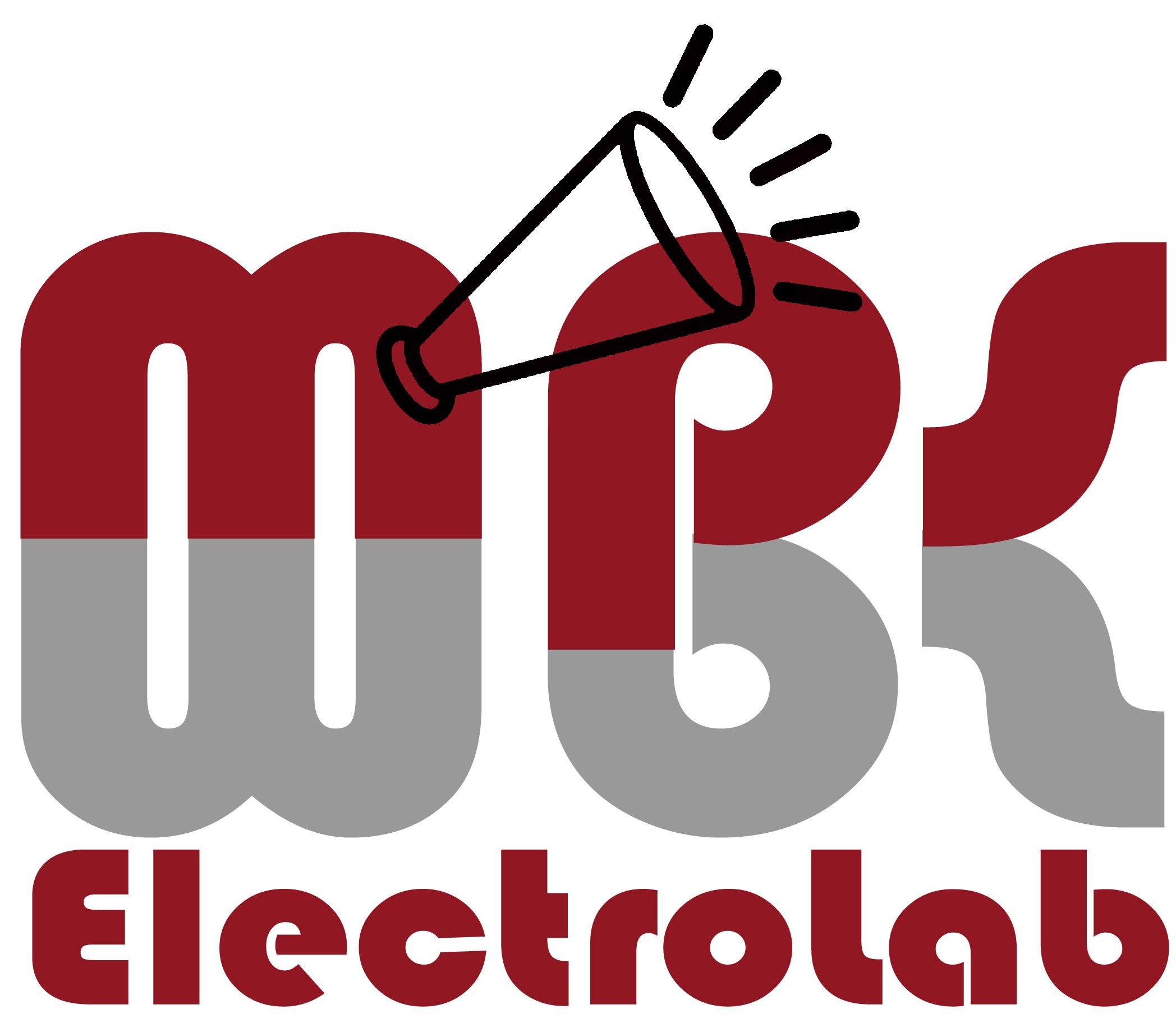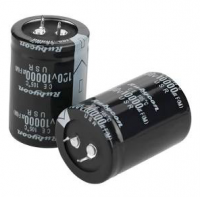You probably see videos of technicians changing capacitors in old electronics in order to restore proper operation. They may use the term ‘leaky’ in those videos. But, what exactly is a leaky capacitor and what causes a capacitor to be ‘leaky’?
First, only certain capacitors have the potential to become ‘leaky’. Those capacitors are usually ‘electrolytic’ type capacitors. Other capacitors, like ceramic or tantalum capacitors rarely become ‘leaky’.
A leaky capacitor is one that conducts current when energized with a steady DC voltage. A capacitor should never conduct very much current when a constance DC voltage is applied. If too much current flows in this situation, it can affect the circuit in which the capacitor is used.
Electrolytic capacitors are constructed in such a way that the ‘dielectric’ material that separates the plates can become defective over time and due to excessive heat. This results in the characteristics of the dielectric changing and possibly becoming more conductive.
Other older style non-electrolytic capacitors were constructed with paper dielectrics and they would deteriorate over time, as well. In some older electronics, these capacitors are often found to leak and should be changed more often than not during a restoration or repair.
Electrolytics
Usually constructed with higher capacitances that other types of capacitors and often are polarized. They must be connection in a certain way with positive potential on the appropriately marked lead or damage will occur. Electrolytic, both polarized and non-polarized are prone to degrade over time and with heat.
Ceramic
Very stable capacitors and usually in smaller capacitance values. They rarely degrade and leak, but are susceptible to moisture and can change characteristics in different environmental conditions.
Tantalum
Usually in capacitance value in the mid to high range of values and very stable. They are used in many applications, including decoupling. They are unlikely to degrade and leak over time.
Mylar
Extremely high isolation and capacitance values in the low to mid range. They withstand high heat and humidity. They are unlikely to degrade and leak over time.

